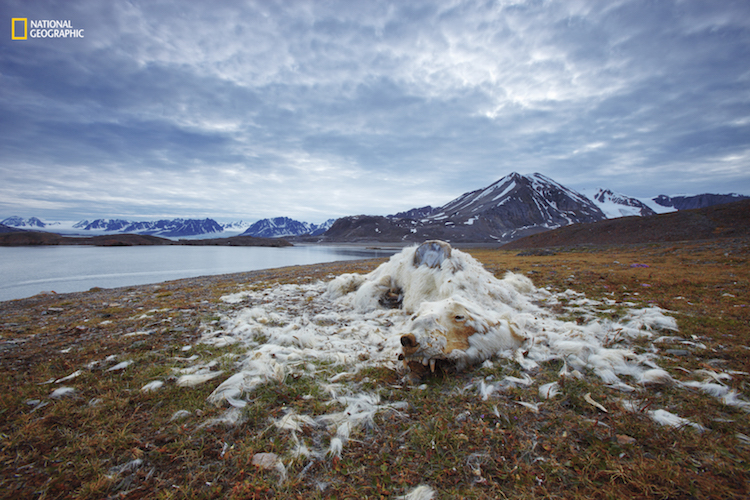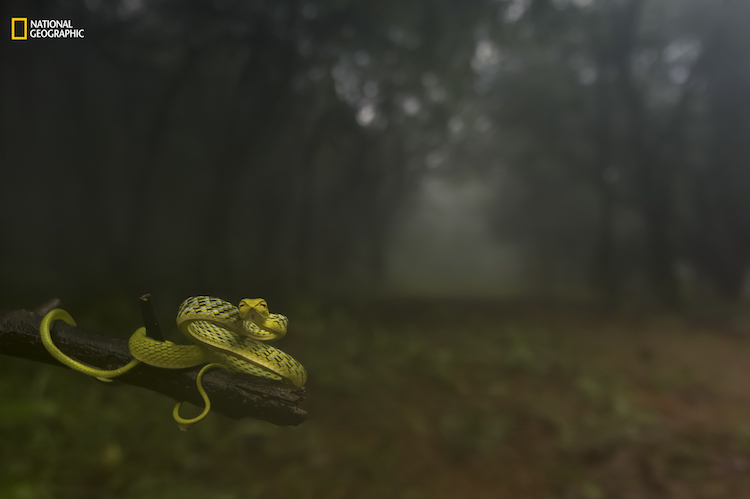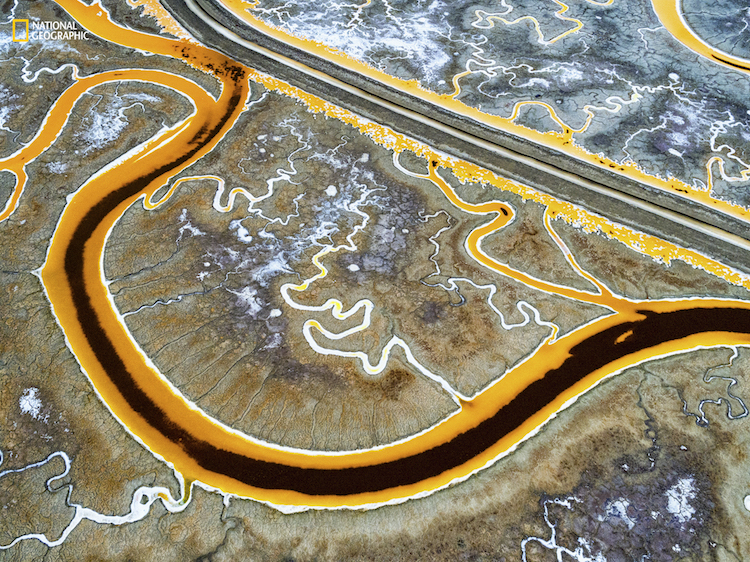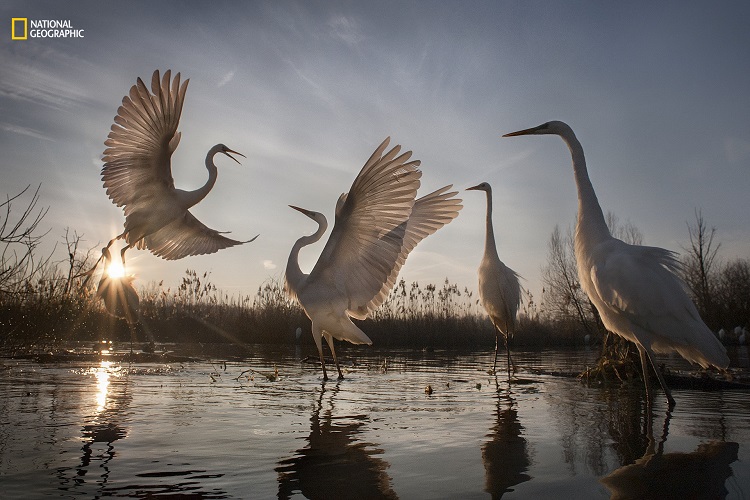National Geographic’s Nature Photographer Of The Year Winners Have Been Announced

www.awol.com.au
The winners of the National Geographic Nature Photographer of the Year contest have been announced, and they’re going to make you want to dust off that lens and start shooting again.
Unlike professional photo comps, the Nat Geo’s Photographer of the Year competition gives regular joes like us the chance to become fully-fledged photography pros, shining a spotlight on images from the world at large. Entries were split into four categories – Action, Landscape, Animal Portraits and Environmental Issues – with the winning shots a collection of inspiring nature stories.
The Grand Prize was awarded to Greg Lacouer of France with his piece ‘Sardine Run,’ a stunning piece captured underwater off the coast of South Africa. His prize includes a 10-day trip for two to the Galapagos Islands in South America and two 15-minute image portfolio reviews with National Geographic photo editors. Very jealous.
Peep some of the winning entries below.

Greg Lecouer, Sardine Run (Grand Prize winner/1st place – Action)

Vadim Balakin, Life and Death (1st place – Environmental Issues)

Prasenjeet Yadav, Serendipitous Green Meteor (Honourable mention – Landscape)

Santiago Borja, Pacific Storm (3rd Place – Landscape)

Mario Suarez Porras, Puffin studio (Honorable mention – Animal Portraits)

Varun Aditya, Dragging you deep into the woods! (1st place – Animal Portraits)

Tori Shea-Ostberg, Approach (2nd Place – Action)

Chris McCann, Outside Facebook HQ (2nd Place – Environmental Issues)

Zsolt Kudich, Great Egrets Take Flight (3rd place – Action)

Alessandro Gruzza, Wild rink (2nd place – Landscape)

Michael O’Neill, Proud Momma (2nd place – Animal Portraits)
Inspired? It’s hard not to be. Check out the rest of the winners here.
www.awol.com.au








